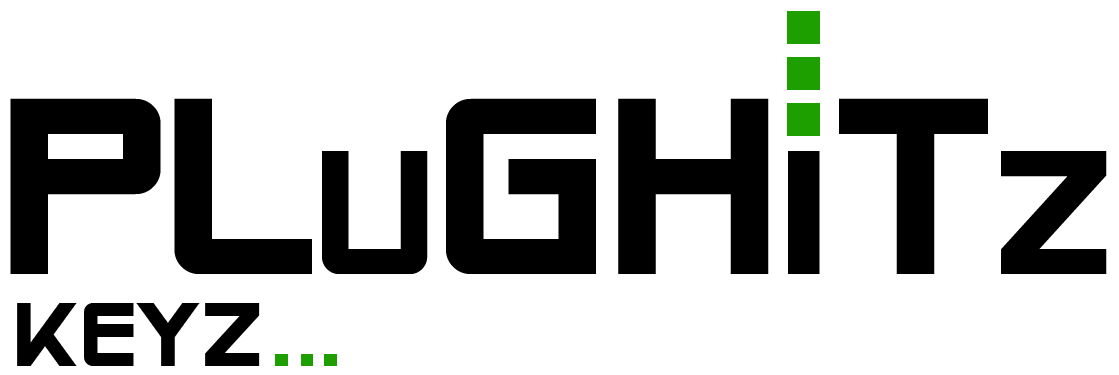
In recent years, the quest for sustainable energy solutions has led to remarkable innovations in photovoltaic technology, particularly in the niche of indoor applications. One of the most significant advancements in this field has been made by G-Lyte, a French company co-founded by Franck Barath, which specializes in indoor photovoltaics. This technology promises to revolutionize the way we power our everyday devices, from smart home systems to small electronics, by harnessing ambient light more efficiently than ever before.
Traditionally, photovoltaic cells have been designed for outdoor use, where they can capture sunlight effectively. However, indoor environments present unique challenges, primarily due to the lower intensity of light available. Conventional indoor photovoltaics have struggled with efficiency, typically achieving only between 7% to 11% efficiency, which is insufficient for practical applications beyond powering simple devices like calculators. G-Lyte's innovative approach has broken these barriers, achieving efficiency rates of 25% to 28% and ensuring stability over a remarkable lifespan of more than 15 years.
The journey to this breakthrough began in 2011 when G-Lyte embarked on extensive research to understand the degradation processes of indoor photovoltaic cells. By identifying the factors that lead to inefficiency and instability, the team developed proprietary solutions that not only enhance the performance of these cells but also ensure their reliability under various environmental conditions. This research culminated in two international patents, marking significant milestones in the evolution of indoor photovoltaic technology.
What sets G-Lyte's product apart is its ability to operate efficiently under high lux conditions and elevated temperatures, up to 70°C. This resilience is crucial for indoor applications, where lighting and temperature can vary significantly. The technology's capacity to maintain performance in low-light conditions - operating effectively at as little as 20 lux, comparable to a clear night sky - further expands its potential use cases.
G-Lyte's indoor photovoltaic technology has vast implications. Its primary applications target the growing market of smart homes, smart buildings, and smart industries, where energy autonomy is increasingly in demand. By integrating these advanced photovoltaic cells into devices such as sensors, remote controls, keyboards, and electronic shelf labels (ESLs), manufacturers can significantly extend battery life or eliminate the need for batteries altogether.
For instance, in a typical convenience store with around 20,000 ESLs, the challenge of changing batteries every two to five years can be daunting. By utilizing G-Lyte's technology, these devices could potentially become self-sustaining, reducing maintenance efforts and enhancing operational efficiency. Beyond retail, the technology holds promise for connected locks, beacons, and other smart devices requiring a reliable power source.
As the demand for energy-efficient solutions continues to grow, G-Lyte's innovative indoor photovoltaic technology stands at the forefront of this transition. The integration of these cells into everyday products not only aligns with global sustainability goals but also addresses practical challenges faced by consumers and businesses alike.
In conclusion, the advancements in indoor photovoltaic technology developed by G-Lyte represent a significant leap forward in energy efficiency. By transforming the way we harness ambient light, this innovation paves the way for a future where our devices can operate autonomously, thereby reducing reliance on traditional power sources and contributing to a more sustainable world. As we look ahead, the potential applications of this technology will likely expand, further embedding renewable energy solutions into the fabric of our daily lives.
Interview by Scott Ertz of F5 Live: Refreshing Technology.
Scott is a developer who has worked on projects of varying sizes, including all of the PLUGHITZ Corporation properties. He is also known in the gaming world for his time supporting the rhythm game community, through DDRLover and hosting tournaments throughout the Tampa Bay Area. Currently, when he is not working on software projects or hosting F5 Live: Refreshing Technology, Scott can often be found returning to his high school days working with the Foundation for Inspiration and Recognition of Science and Technology (FIRST), mentoring teams and helping with ROBOTICON Tampa Bay. He has also helped found a student software learning group, the ASCII Warriors, currently housed at AMRoC Fab Lab.

